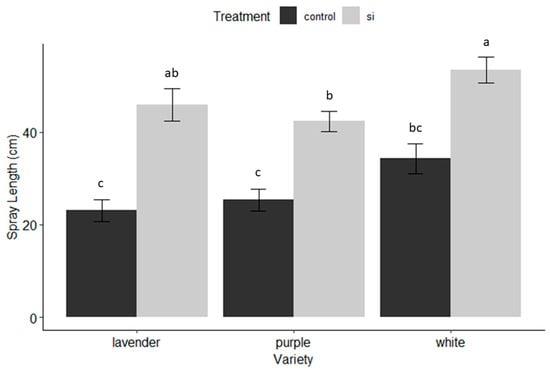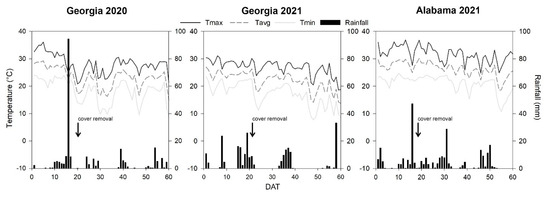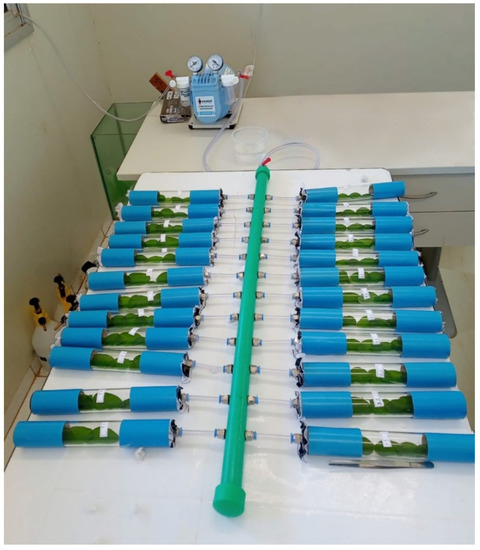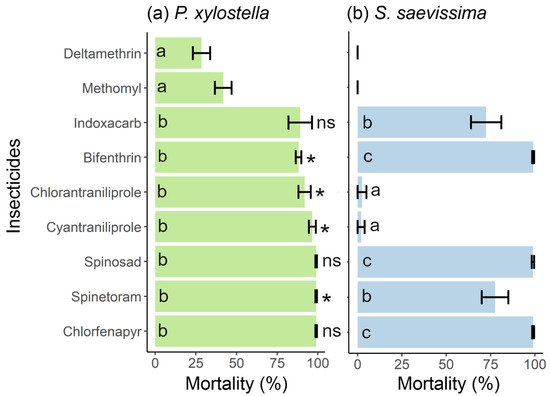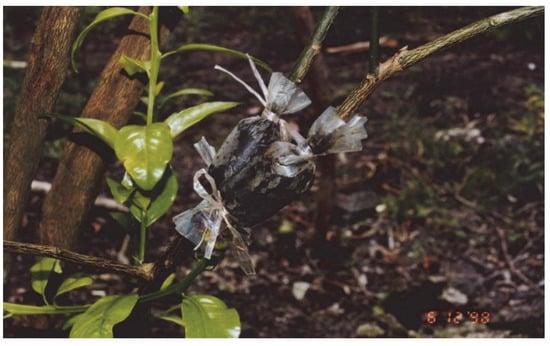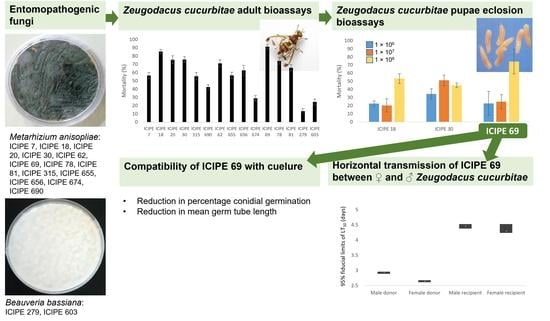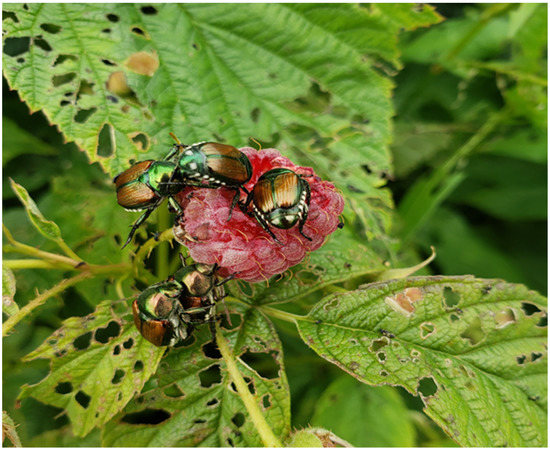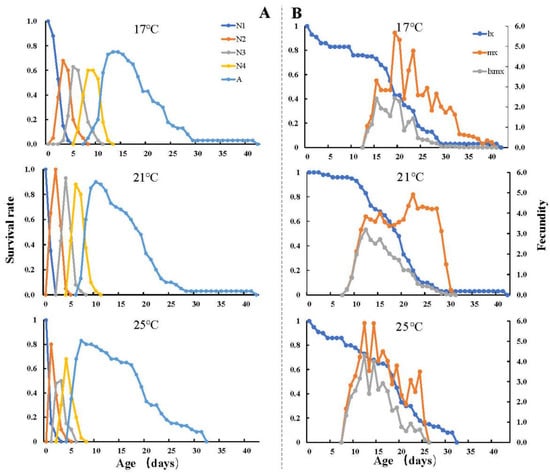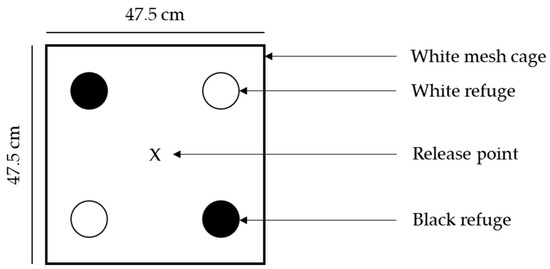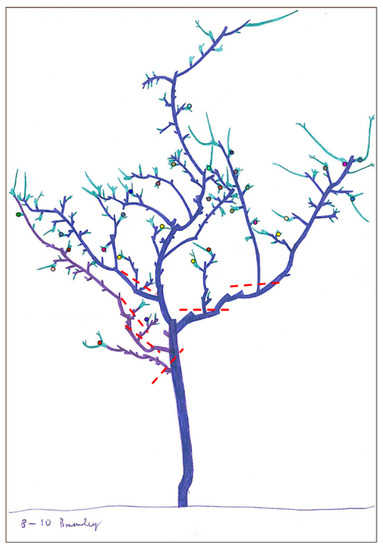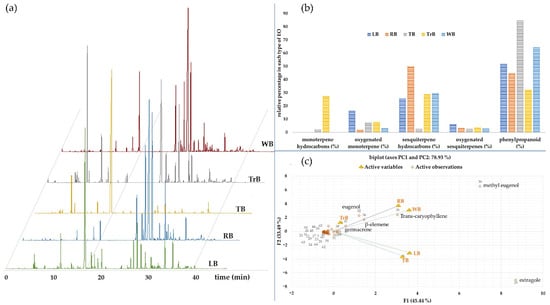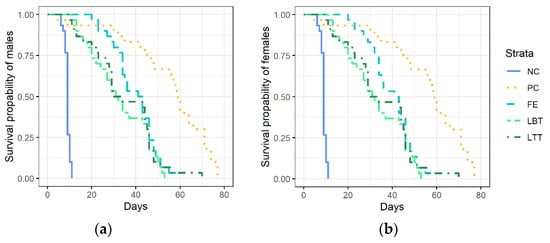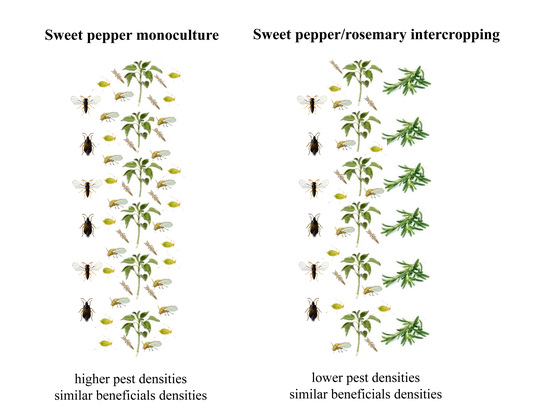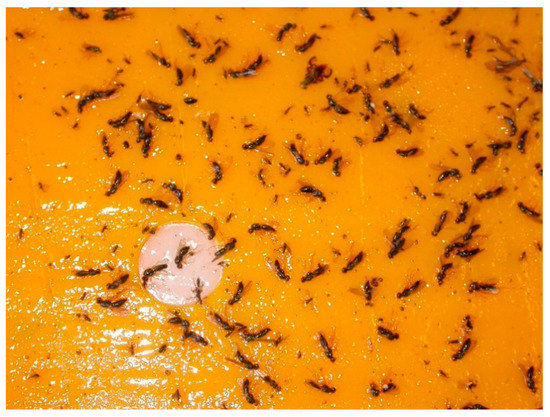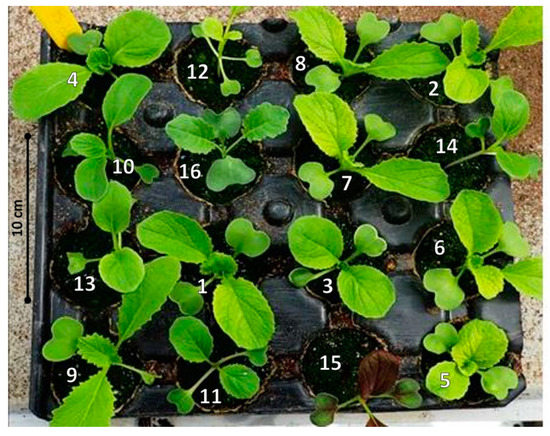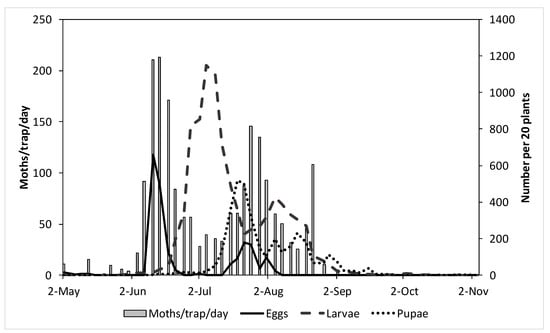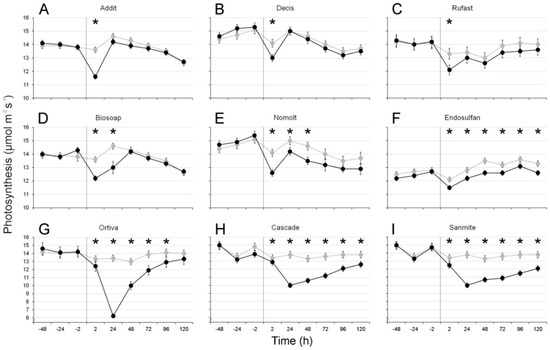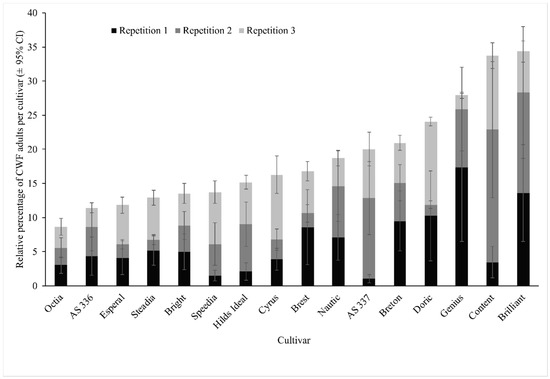Integrated Pest Management Strategies for Horticultural Crops
A topical collection in Insects (ISSN 2075-4450). This collection belongs to the section "Insect Pest and Vector Management".
Viewed by 84632Editor
Interests: vegetables; Brassica; lettuce; integrated pest management; decision support; forecasting
Special Issues, Collections and Topics in MDPI journals
Topical Collection Information
Dear Colleagues,
The high-quality standards required by retailers and their customers present a particular challenge to those who manage the pests of horticultural crops. This is exacerbated by the great diversity of crops grown, each on a relatively small area, leading to a limited ‘market’ for anyone developing novel methods of pest control. However, there is an undoubted need for effective IPM strategies on a range of horticultural crops to reduce reliance on chemical pesticides, manage pesticide resistance, and address the expectations of a market which is increasingly demanding ‘perfect’ but residue-free produce. This Special Issue will collect original and review articles that focus on Integrated Pest Management in horticultural crops, with a particular emphasis on approaches that are being integrated successfully into commercial practice.
Prof. Rosemary Collier
Collection Editor
Manuscript Submission Information
Manuscripts should be submitted online at www.mdpi.com by registering and logging in to this website. Once you are registered, click here to go to the submission form. Manuscripts can be submitted until the deadline. All submissions that pass pre-check are peer-reviewed. Accepted papers will be published continuously in the journal (as soon as accepted) and will be listed together on the collection website. Research articles, review articles as well as short communications are invited. For planned papers, a title and short abstract (about 100 words) can be sent to the Editorial Office for announcement on this website.
Submitted manuscripts should not have been published previously, nor be under consideration for publication elsewhere (except conference proceedings papers). All manuscripts are thoroughly refereed through a single-blind peer-review process. A guide for authors and other relevant information for submission of manuscripts is available on the Instructions for Authors page. Insects is an international peer-reviewed open access monthly journal published by MDPI.
Please visit the Instructions for Authors page before submitting a manuscript. The Article Processing Charge (APC) for publication in this open access journal is 2600 CHF (Swiss Francs). Submitted papers should be well formatted and use good English. Authors may use MDPI's English editing service prior to publication or during author revisions.
Keywords
- Integrated Pest Management
- horticultural crops
- fruit
- vegetables
- ornamental crops






